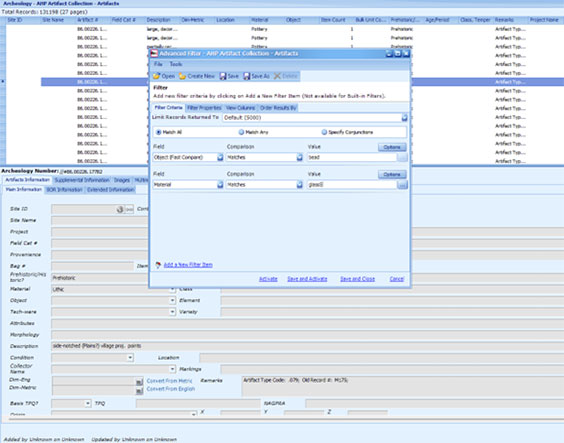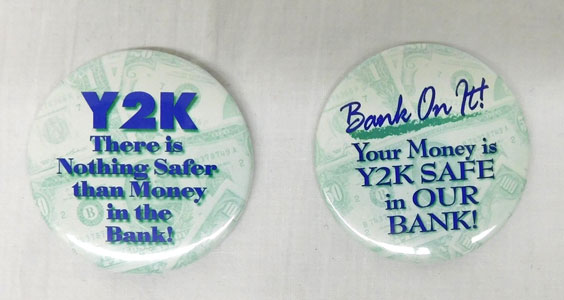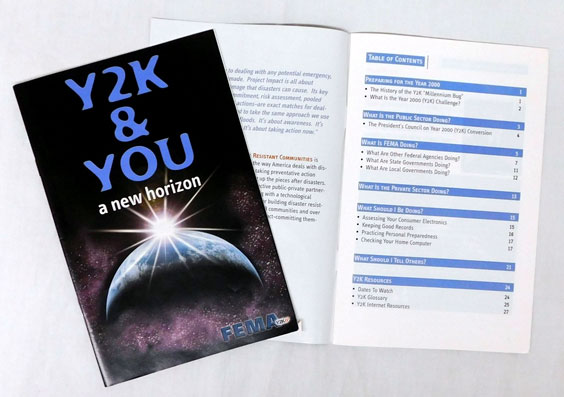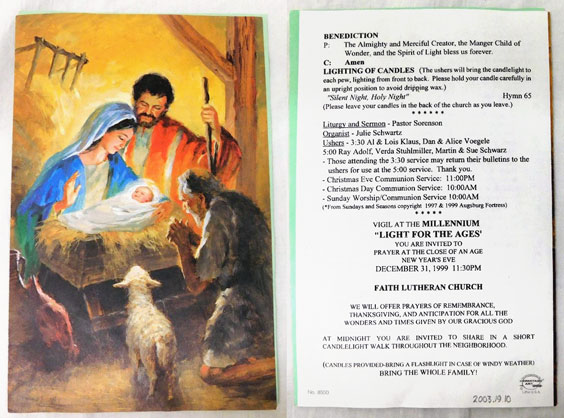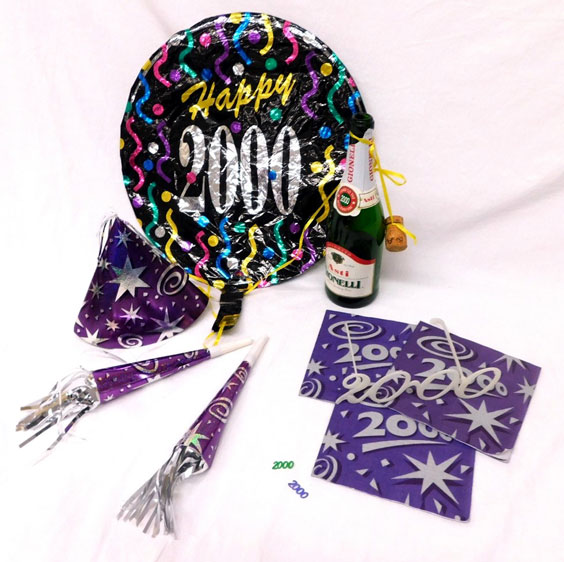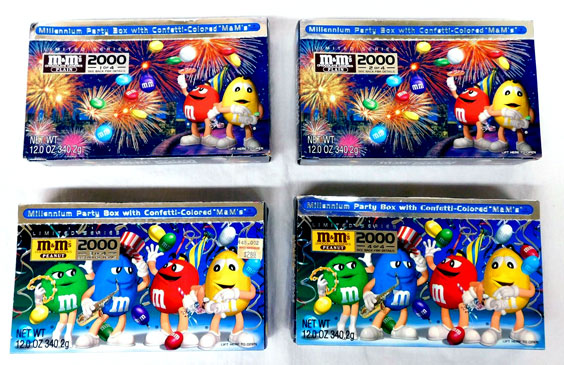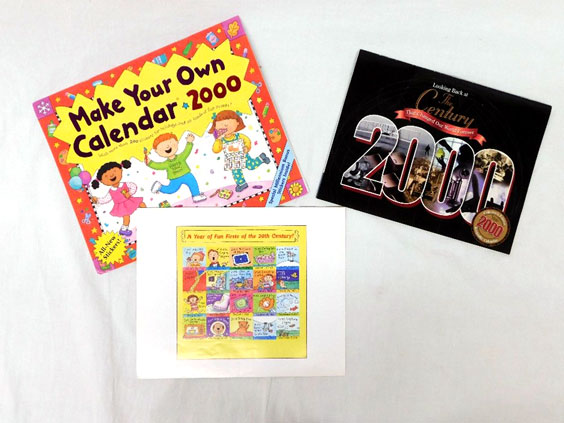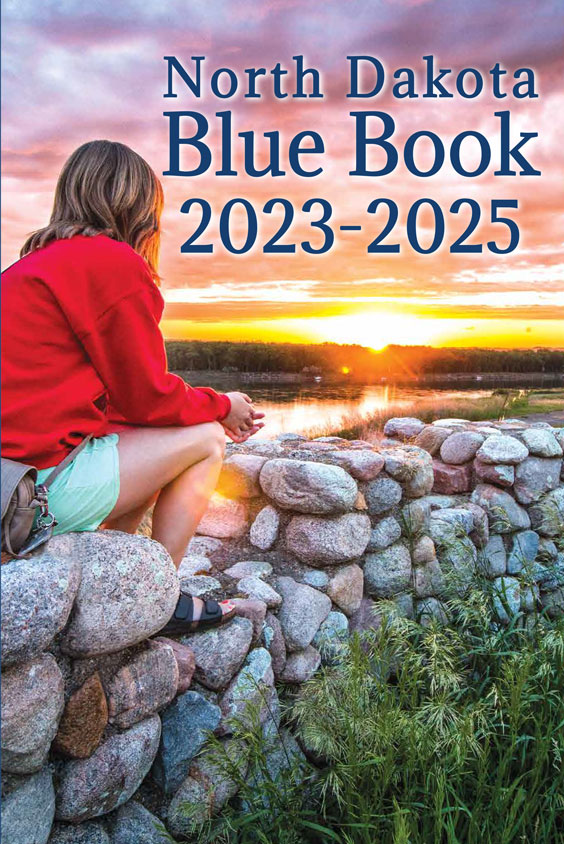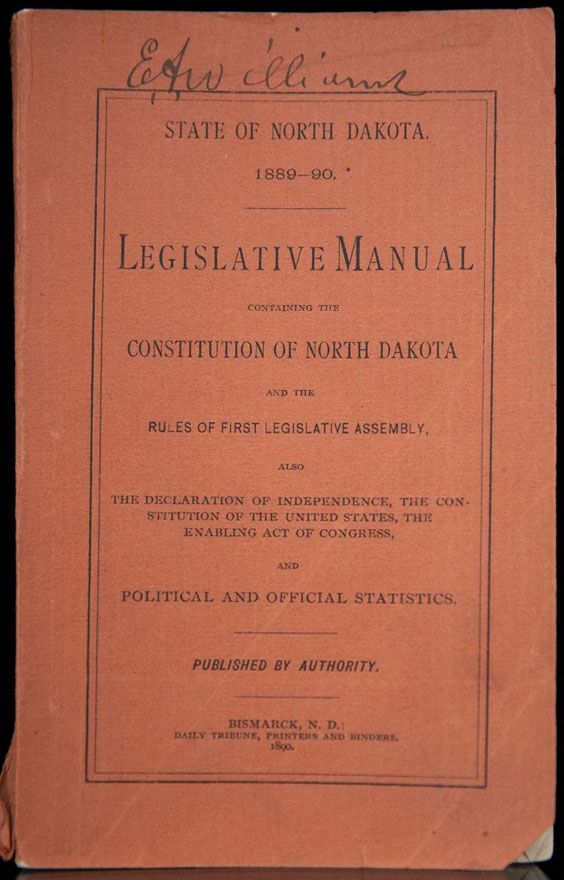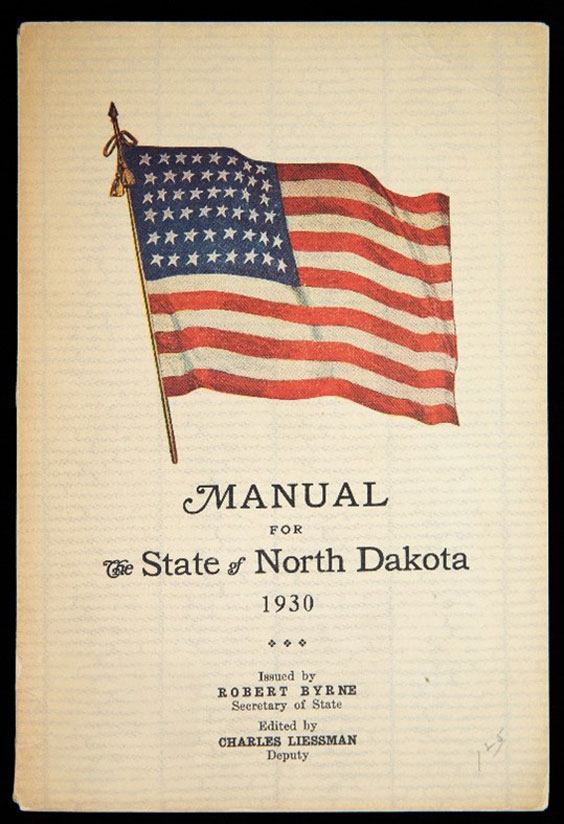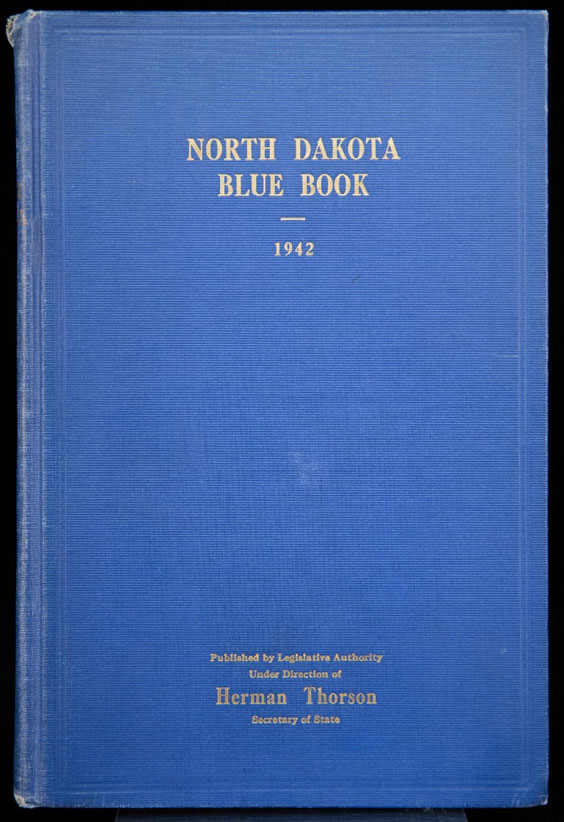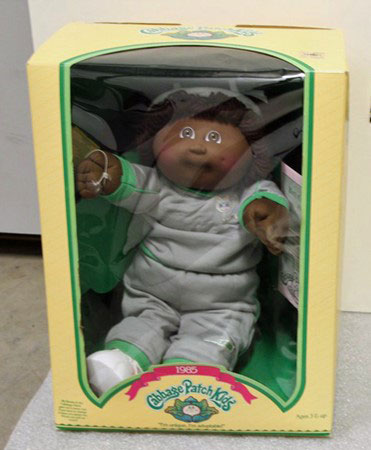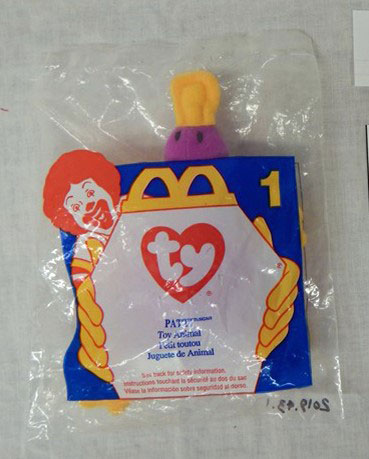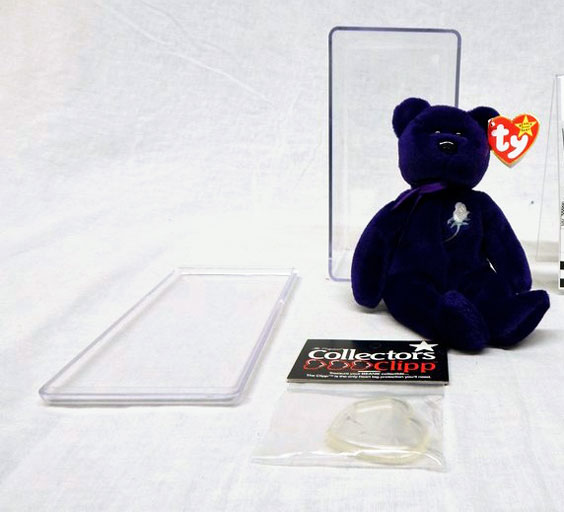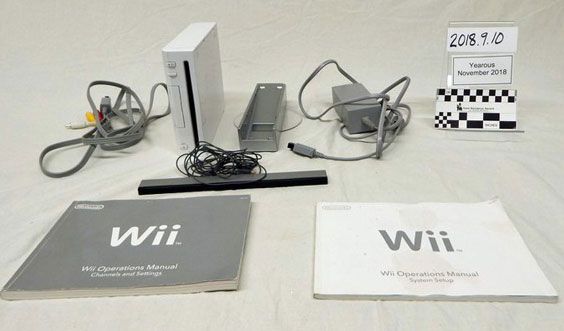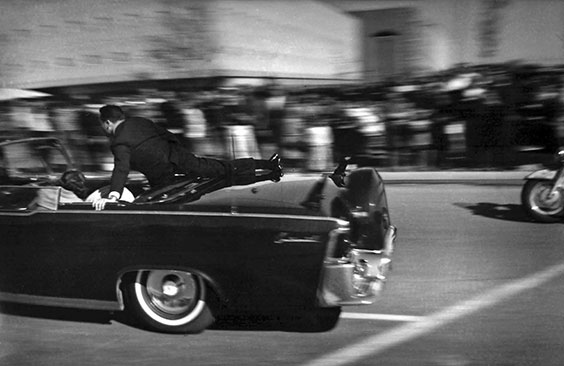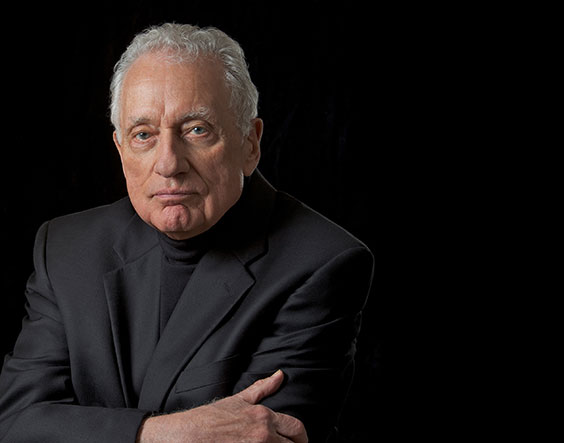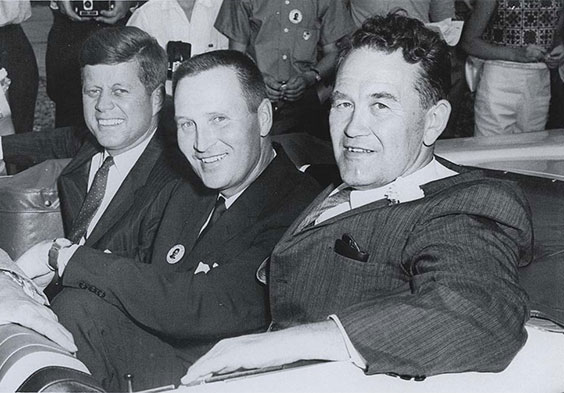A Matter of Interpretation: Bringing History to Life at State Historic Sites
Learning how to tell stories objectively isn’t always easy. Not many people realize it, but the Lewis & Clark Interpretive Center and Fort Mandan State Historic Site where I work is staffed with team members who are nationally certified in interpretation. To obtain certification, our staff attends training courses offered through the National Association for Interpretation (NAI). These are weeklong programs, which teach the core principles of interpretation.
One might ask, “What is interpretation?” NAI defines it as “a purposeful approach to communication that facilitates meaningful, relevant, and inclusive experiences that deepen understanding, broaden perspectives, and inspire engagement with the world around us.”
So how does that apply to these sites? Through our training from NAI, we are able to help visitors better understand and relate to site content, and hopefully spark interest in furthering their knowledge of what they learn at these sites. We do so by offering hands-on items that bring seemingly intangible information learned through textbooks or novels to life. The Lewis & Clark Interpretive Center and Fort Mandan State Historic Site hold more than 1,500 items (mainly replicas) related to their content. Using replicas allows us to offer visitors the opportunity to handle some of these items. In a sense, we are able to put history into the hands of visitors. Interpretive Resource Specialist Shannon Kelly makes sure all the items we acquire are both historically accurate and add to the story the sites tell. A recent commission by the agency included a beaded belt by Hunkpapha Lakhota/Hidatsa artist D. Joyce Kitson. The purpose of the belt is to allow visitors to handle and contextualize what this representative piece of history may have been like.
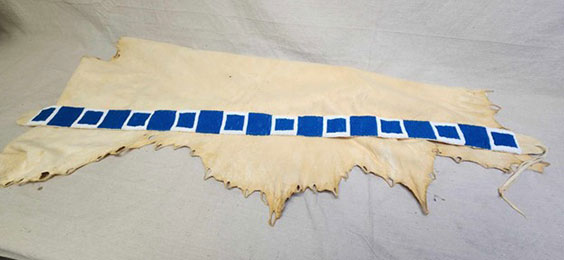
This blue beaded belt by Hunkpapha Lakhota/Hidatsa artist D. Joyce Kitson will be used as an interpretive piece for staff to discuss Sacagawea’s possessions and attire during the expedition. We do not know the exact design of Sacagawea’s belt, but this is a good approximation.
Aside from historical items at the site, we also have a lot of programming. From arts and crafts to geology and navigation, we add fun educational activities for visitors. Certified Interpretive Guide (CIG) training teaches you how to develop these programs. Staff then create engaging interactive activities and programs that allow visitors to get the most out of their visit. One recent program we ran was a paper boat challenge, where visitors were taught how to make paper boats and then offered “provisions” in the form of beads, corn, corks, and wooden clothespins. The visitor was tasked with loading up their boat with the provisions and seeing how long it could stay afloat while dealing with the elements (or in this case, people splashing).
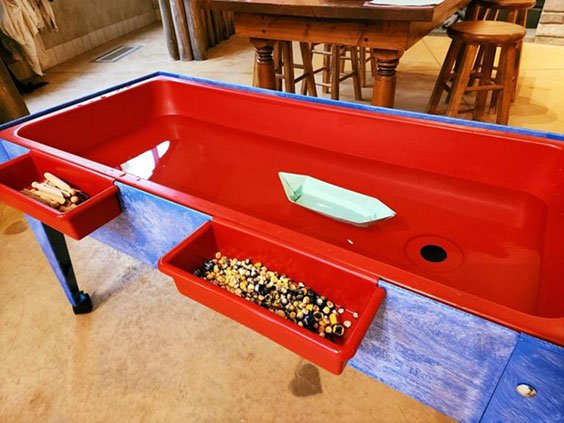
Our setup for a recent paper boat challenge held at the Fort Mandan State Historic Site Visitor Center near Washburn.
Once staff obtain their certification, they are required to maintain credits for their NAI membership, and this is done by attending its conferences. After an NAI conference, staff come back motivated, inspired, and sometimes even with a new skill set. In November 2023, Bethany Schatz, one of our team members, and I went to Little Rock, Arkansas, for the NAI National Conference. While there, we attended a workshop on 19th-century blacksmithing. Bethany was offered the opportunity to make an item in the forge. She created a steak flipper, which is something that could have very easily been made by the blacksmiths of the Lewis and Clark Expedition. From the forge to the tools, it was all similar to what would have been used in 1804 at the site. Bethany was able to experience in just a short amount of time what it would have been like to work as a blacksmith during the expedition. Not only did she leave the session with a new item she created with her own hands, but she also left with a desire to learn more about the trade as well as how to bring similar hands-on learning experiences to the site and spread inspiration to visitors.
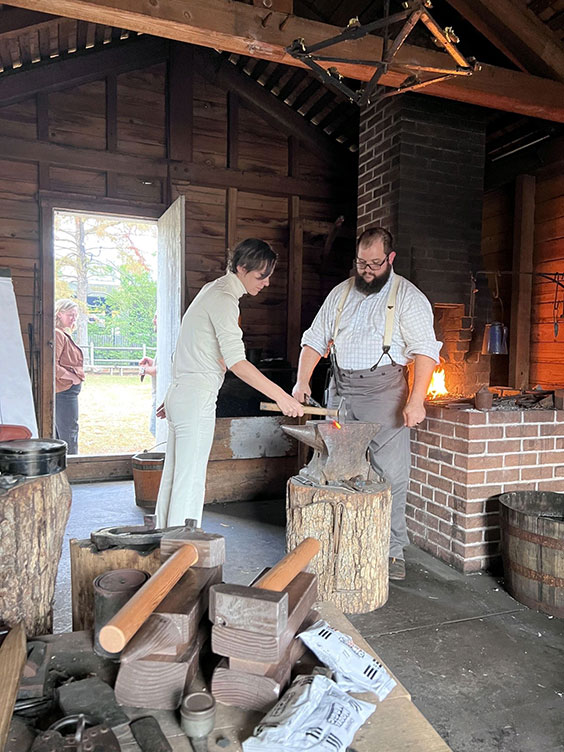
Seasonal employee Bethany Schatz learns how to blacksmith during the 2023 NAI National Conference in Little Rock, Arkansas. Bethany was guided through the steps to make a steak flipper by Historic Arkansas Museum site interpreter/residential blacksmith Casey Marshall.
In North Dakota, we are fortunate to have nationally certified interpreters at many of our state historic sites and museums. After all, interpretation is a way to connect with visitors, help develop their interests, and cultivate memorable experiences. Come check us out!


